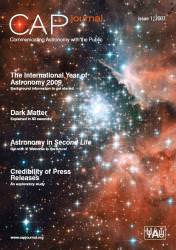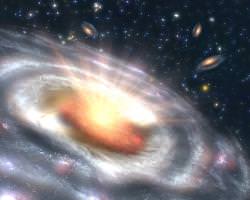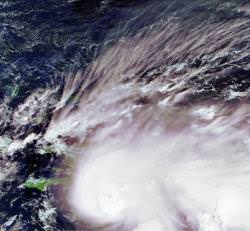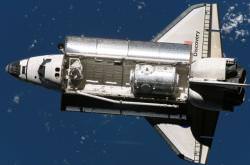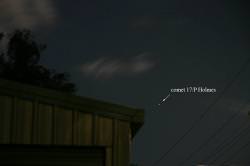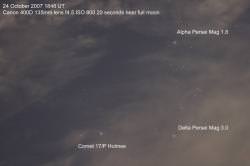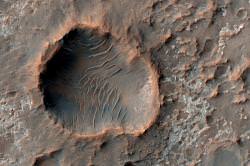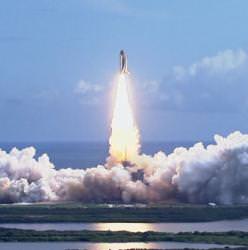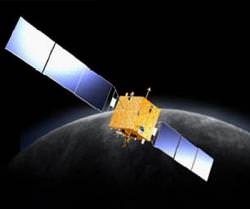Thanks to everyone who responded to our listener survey a few months ago. As promised, the results of the survey are now available, and have actually been published in a research journal. So if you’re interested in learning about who’s listening to Astronomy Cast, check out the premier issue of Communicating Astronomy with the Public, published by the International Astronomical Union.
Our article is called, Astronomy Cast: Evaluation of a podcast audience’s content needs and listening habits. I guess the title sort of explains it all.
So once again, thanks to everyone who participated, you’ve given us great feedback, and helped us make some really pretty bar charts.
If I had to take away one piece of information, that really makes the whole podcasting thing worth while, it’s the change in interest towards astronomy. Check this out.
We found that 25% of our listener respondents had no interest or a passive interest in astronomy prior to listening to astronomy-related podcasts. After listening to astronomy-related podcasts, 70% of these individuals had begun to actively seek astronomy content or had become amateur astronomers.
You can download our specific article here.
Fraser Cain
Publisher, Universe Today (and co-host of Astronomy Cast)

